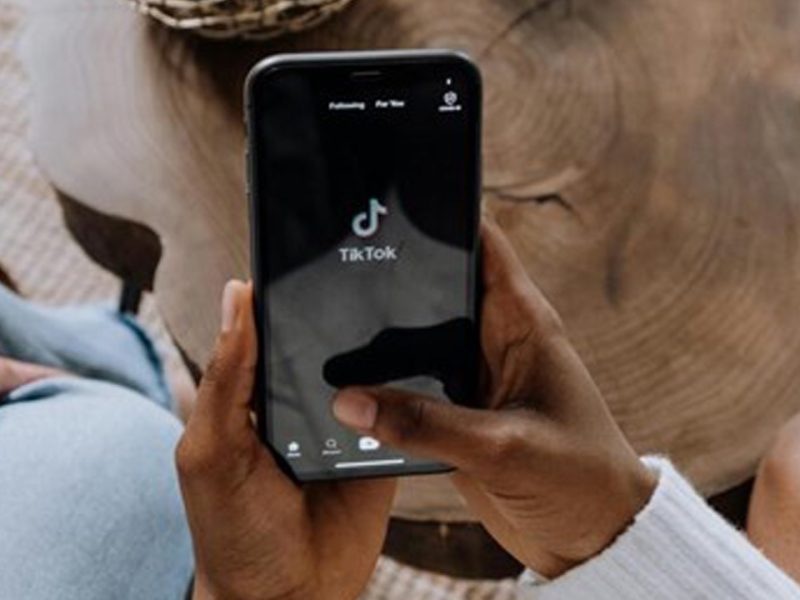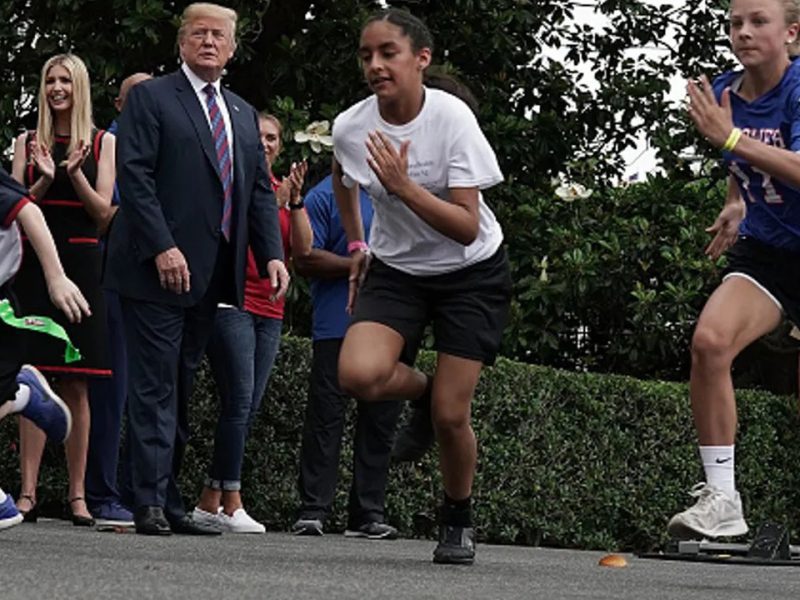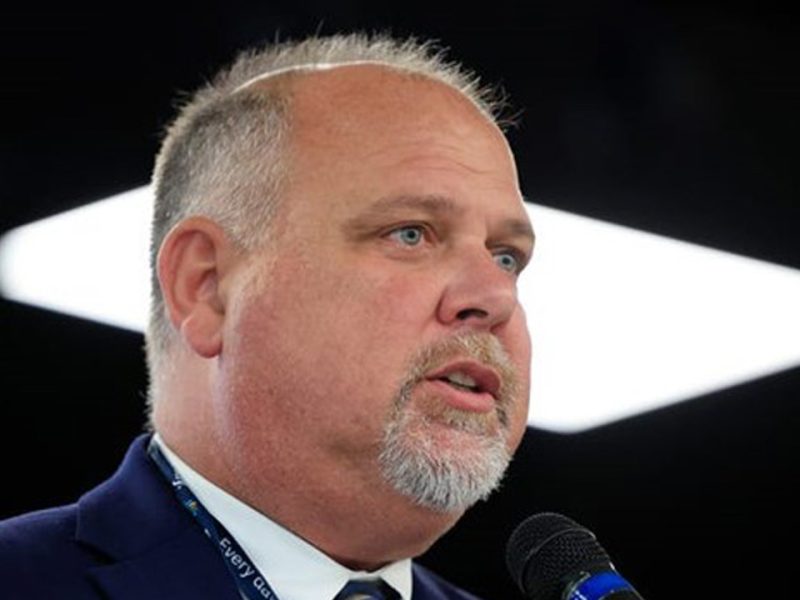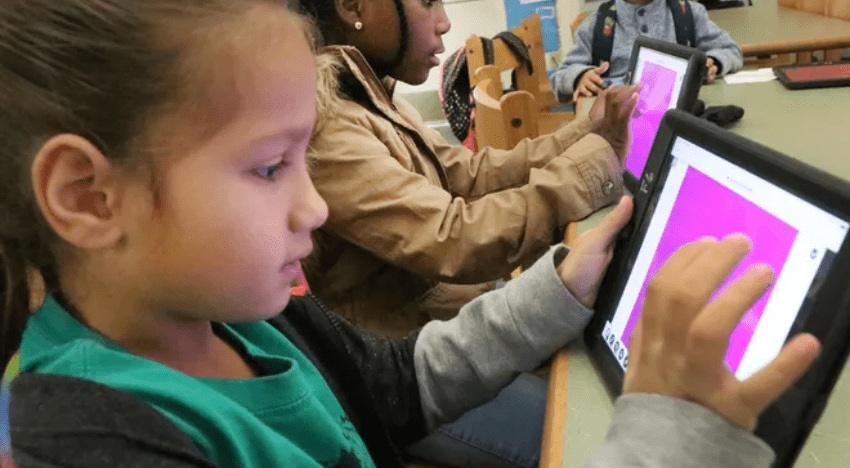
COVID-19 increased behavioral, mental health disorders in children and teens, experts say
The Daytona Beach News-Journal | By Nikki Ross | June 7, 2022
When Palm Coast resident Natasha Quigley’s 3-year-old daughter goes to the library each week, she chooses a book from the shelves, instructs the other children to stay 6 feet away and reads to them from a distance.
“She acts like she’s a teacher because that’s how I’ve been doing it for the last few years,” Quigley said. “It’s weird to see a 3-year-old do that.”
Quigley’s daughter had just turned 1 when COVID-19 forced the world to shut down in March 2020. Schools went remote, parents started working from home, daycares and extracurricular activities were no more, and since Quigley herself is immunocompromised, the whole family was extra careful with germs.
Now, two years later, families like Quigleys are starting to see how the pandemic and two years of isolation have impacted their children in terms of social situations.
Dr. Michael Westerveld, who practices neuropsychology and psychology at AdventHealth Central Florida, said the pandemic has affected each child’s social health differently. But overall, he said more young children are having behavioral issues and more teenagers are being diagnosed with mental health disorders, such as anxiety and depression.

Before the pandemic, 1 in 6 children nationwide, or 17%, had a behavioral or mental heath diagnosis, according to the Centers for Disease Control and Prevention. In 2021, 50% of families reported concerns about mental and social health in their children, the CDC stated.
“It’s the good, the bad and the ugly. The good is that we’re more open talking about these things,” Westerveld said. “Now, the bad is that these kids are having more of these problems. The ugly is the unknown. We don’t know what the long-term effects of this (social isolation due to the pandemic) are going to be. And so that sort of itself creates some anxiety in families.”
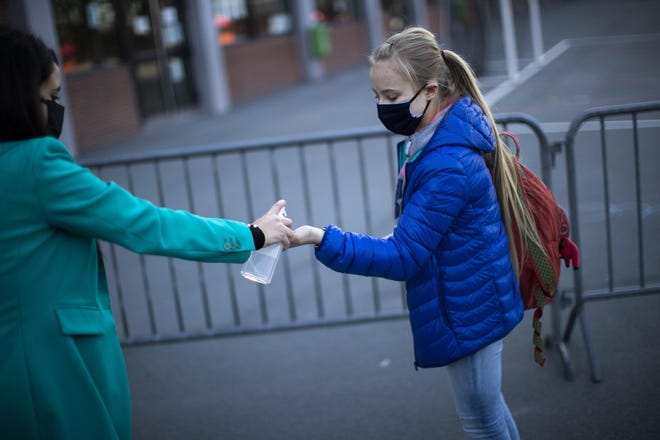
Importance of in-person interactions
While children have been gravitating toward online interactions over the past decade, Westerveld said it’s one thing to play games online with others, but another to unwillingly have online interactions become the sole form of socialization.
“This was not our choice,” Westerveld said. “Those things (in-person interactions) were just taken away without much notice, without much ability to plan or react in an appropriate way.”
Data compiled from multiple studies by Westerveld showed that 74% of children reported concerns about missing out on social activities and 52% of children worried that they were not learning enough academically.
Korin Menard is a licensed mental health counselor at Mental Health Transformations in Flagler Beach. She said that while many children are experiencing social anxiety, they still want to interact with their peers.

“The older kids, they are starving for social interactions, starving for it and having a really hard time interacting and just reaching out to their peers …,” Menard said.
With family being the only source of in-person interactions for nearly two years, children have not been able to fully explore who they are as individuals, according to Westerveld.
“We all have love/hate relationships with our family, but a big part of becoming an individual is being exposed to people of all different walks of life and the process of identity formation in an adolescent to become an adult depends on reflecting and being around peers,” Westerveld said.
While there’s been an increase in behavioral and emotional disorders since the spring of 2020, Westerveld said the silver lining of the pandemic is that people are now feeling more comfortable talking about mental and behavioral challenges.
“Before, it was sort of an isolated thing or even a shameful thing,” Westerveld said. “The destigmatization of having a mental health challenge or feeling depressed or anxious is one thing that’s a positive. It’s never good to have these things, but at least now we’re open and talking about it and these kids can get treatment before it becomes something that could literally kill them or lead them to hurt themselves.”
There hasn’t been evidence of an increase in suicide in adolescents, according to Westerveld. For children diagnosed with depression, the CDC states that 80% receive treatment.
“If we were to examine those numbers, I think the fact that people are getting help sooner might actually decrease that number,” he said. “When we talk about suicidal depression, that’s an extreme version of what we all experience on a daily basis. I would like to think that has always been more rare and will continue to be more rare.”
Re-entering schools
Brun Hudson’s daughter is a kindergartner at Belle Terre Elementary School in Palm Coast. She has been diagnosed with autism and apraxia of speech, with means she has trouble making accurate movements while speaking.
The switch from VPK to elementary school was already jarring for her on a social level, but having COVID restrictions in place, such as mask-wearing and social distancing, made it that much more of a challenge, according to Hudson.
“The first few months were very difficult because, you know, there’s a lot of anxiety surrounding moving. She got real comfortable with her friends and the VPK classroom and her teacher, and then moving into a new classroom with a new teacher, she walked into that being a little skittish,” Hudson said. “I think the kids are definitely at a disadvantage.”
A lot of social cues are learned through facial expressions, according to Westerveld, so wearing masks over the past two years has impacted how children now are interpreting speech.
“There’s a certain amount of context that you get when somebody makes an ironic or sarcastic remark from their tone of voice and facial expressions,” Westerveld said. “They missed out on an opportunity to learn that, so when they do get thrown back into social situations it feels awkward and creates anxiety, social anxiety, from not having had the opportunity to learn from those typical expressions.”
Westerveld said challenges in behavioral and mental health aren’t new, but because of COVID-19, they are more prevalent and are receiving more attention.
“I want to also point out that your behavioral, social and emotional challenges is not new from COVID. Adolescents have always had those issues,” Westerveld said. “We are meant to be around packs and peers and having that opportunity taken away leads to some of these issues.”
Jessica McIntyre, coordinator of mental health services at Volusia County Schools, said the number of referrals for mental health services within the district have increased.
“It’s not just us; we’re seeing increases in the community agencies that we contract with,” she said. “Everyone is seeing an increase in numbers.”
As of June 3, the Volusia County School District reported 1,818 mental health referrals for the school year. In the full 2019-2020 school year the district reported 873.
That’s more than a 108% increase in mental health referrals.
Since returning to in-person instruction, McIntyre said they’ve seen some children who are acclimating fine and who are up-to-date on course materials and others who have fallen behind.
“The pandemic really has been so difficult, the psychological, social impact. Everyone has been hit by it in one form or fashion,” she said. “I think it’s been particularly detrimental to some of our students that were already at risk of potentially falling behind because of having mental health issues. It has put them at more of a disadvantage.”
Fears for the future
Quigley said for her daughter, their current way of life is just “how it is.” She hasn’t had much interaction with children her own age, only those older than her.
“She doesn’t see it as anything different,” Quigley said. “That’s just how we live life. We do it like this.”
But her 9-year-old son remembers how things were before. He misses having playdates and attending birthday parties.
Since most of his interactions over the past two years have been with adults, Quigley said he doesn’t speak or participate in conversations like a child. She worries that he’s being forced to grow up too fast.
“I’ve noticed my son gravitating toward more adult-type conversations like current events because he hears adults around him talking about it,” Quigley said. “We keep it very vague but he does still ask questions based off of what we are talking about when it has to do with COVID and where the numbers are currently at.”
At the time of her interview, Quigley was eight months pregnant and immunocompromised, so she was vigilant about keeping germs away. Her son was terrified of passing the virus to his mother.
“He gets even more scared. So he wants to interact, but he holds back because he knows it’s still there,” Quigley said. “All the kids in class keep getting it. Teachers keep getting it. So he doesn’t know where his place is with it. And I don’t even know what to tell him because it changes, the CDC changes the guidelines.”
Menard said with the return to in-person instruction, children are now also exhibiting OCD, obsessive-compulsive disorder, tendencies.
OCD is a mental health disorder where people get caught in a cycle of obsession and compulsions, according to the International OCD Foundation. While it’s normal to have occasional OCD compulsions and obsessions, those with the diagnosed disorder find it time-consuming and it affects their daily life.
“There’s a really fine line between being safe and creating those social fears and the fears of germs,” Menard said. “So they’re like just constantly afraid of touching anything and have to sanitize because we’re teaching that that’s what is important.”
Worries surrounding the seemingly endless pandemic, and the uncertainty of cases decreasing to only spike again, have led to a feeling of hopelessness and helplessness, according to Westerveld.
“There’s nothing we can do about this,” Westerveld said. “That increases the background level of ambient stress that then impacts on our mood and our ability to be with other people.”
Quigley fears that her son will grow up to be reclusive.
“He’s not getting all of that social school interaction, where you learn how to kind of work together as a team and how to do things as a group because everything’s so individualized. It’s not like I can do much of that at home that learning how to work with others and your peers and how to play with others,” Quigley said. “I can only do so much with myself and my husband being adults and then my youngest being 3, there’s no one right there at his age group, other than the neighbor that we go and do things with.”
And she worries her daughter will end up the same way if things continue the way they are.
“She’ll be outgoing if she’s in a work environment or a setting where there are people, but I couldn’t see her voluntarily going out and doing things,” Quigley said. “It’s (the pandemic) made her very comfortable with herself, which is nice seeing that independence that you don’t always see at this age, but I’m just worried maybe too much independence.”
For both of them, she worries that they will have trouble developing relationships with other people.
“If everything’s going to be even more so online relationships, everybody’s losing touch with being present and being in the moment and learning how to live a normal life,” Quigley said. “I want to see them have meaningful relationships that actually last.”
And she’s not the only one stressed about their children, according to Menard.
“It’s a domino effect,” Menard said. “A lot of parents are stressed and the relationships between children and their parents are strained.”
Westerveld said 67% of parents reported being worried about their child’s emotional well-being.
When to seek help
For families worried about their children’s well-being, Westerveld said bringing their concerns to their child’s pediatrician is a good place to start.
“Families that have more experience or history with those kinds of challenges may skip that and go right to the behavioral health providers, but a lot of families don’t know how to access that system,” Westerveld said. “I think it’s important to discuss it with the family provider to get that access and referral if needed.”
For teenagers who are showing signs of anxiety and depression, Westerveld recommends parents have an open dialogue with their teen.
“Creating an open atmosphere within the home is a really important first step to allow the adolescent to say ‘I’ve been feeling this way’ or ‘I’ve been having these thoughts’ or ‘this is what’s happening to me at school.’ After that adolescents are more able to talk and reflect on their feelings,” Westerveld said.
The next step would be encouraging teens to talk to their guidance counselor or another trusted adult, such as a teacher. But he still recommends going to the pediatrician.
“Hopefully they’ve (the pediatrician) been seeing them for a while,” he said. “Ask the pediatrician to speak privately with the teenager to give them an opportunity to open up that they may not feel comfortable doing with their parents.”
Menard said the impacts of the pandemic on children will be felt for years.
“It’s a psychological stress that’s going to be the long-term effect and it’s going to continue for years,” she said. “It’s not just done because things are lifted, it doesn’t just go away. It takes a lot of time to recoup from that.”



